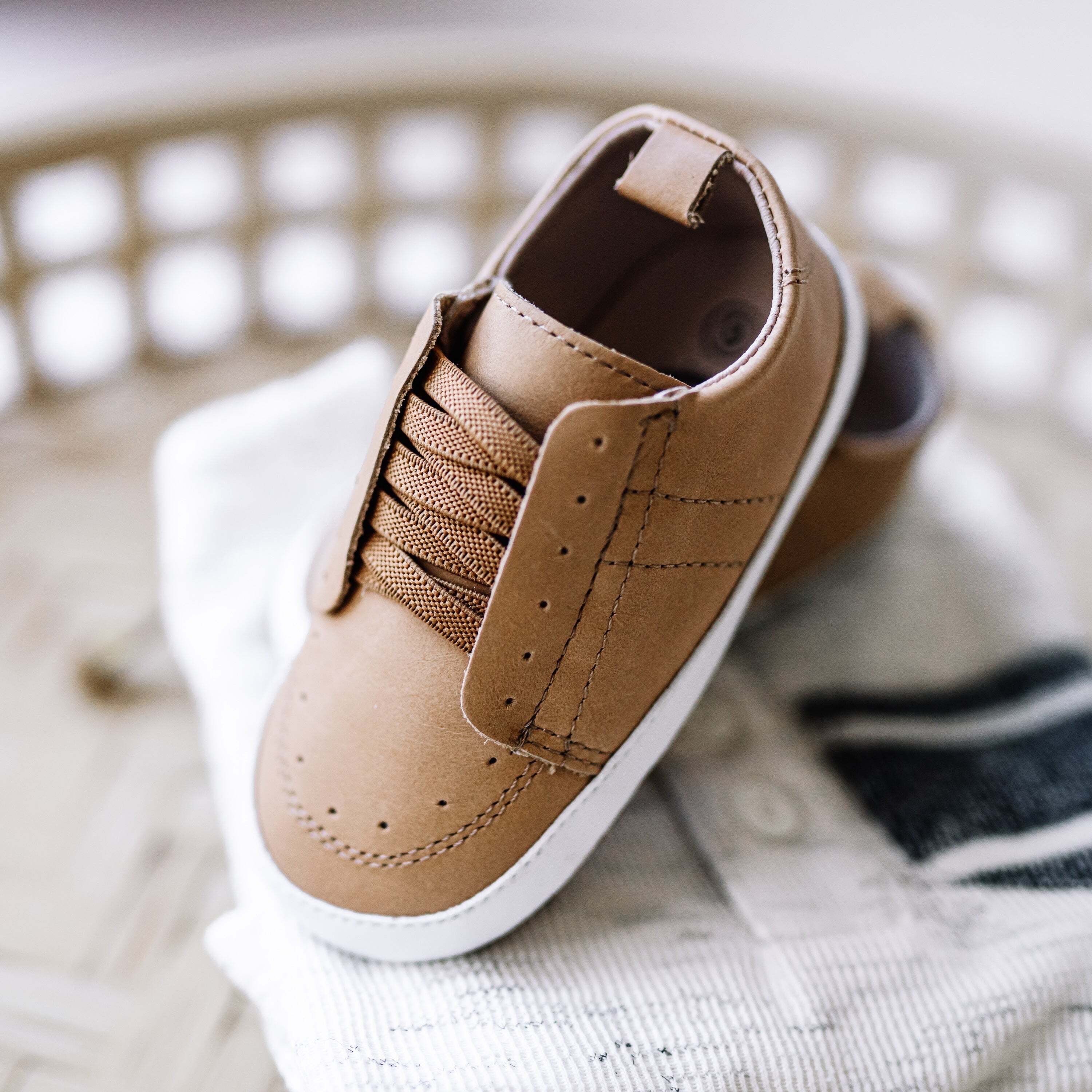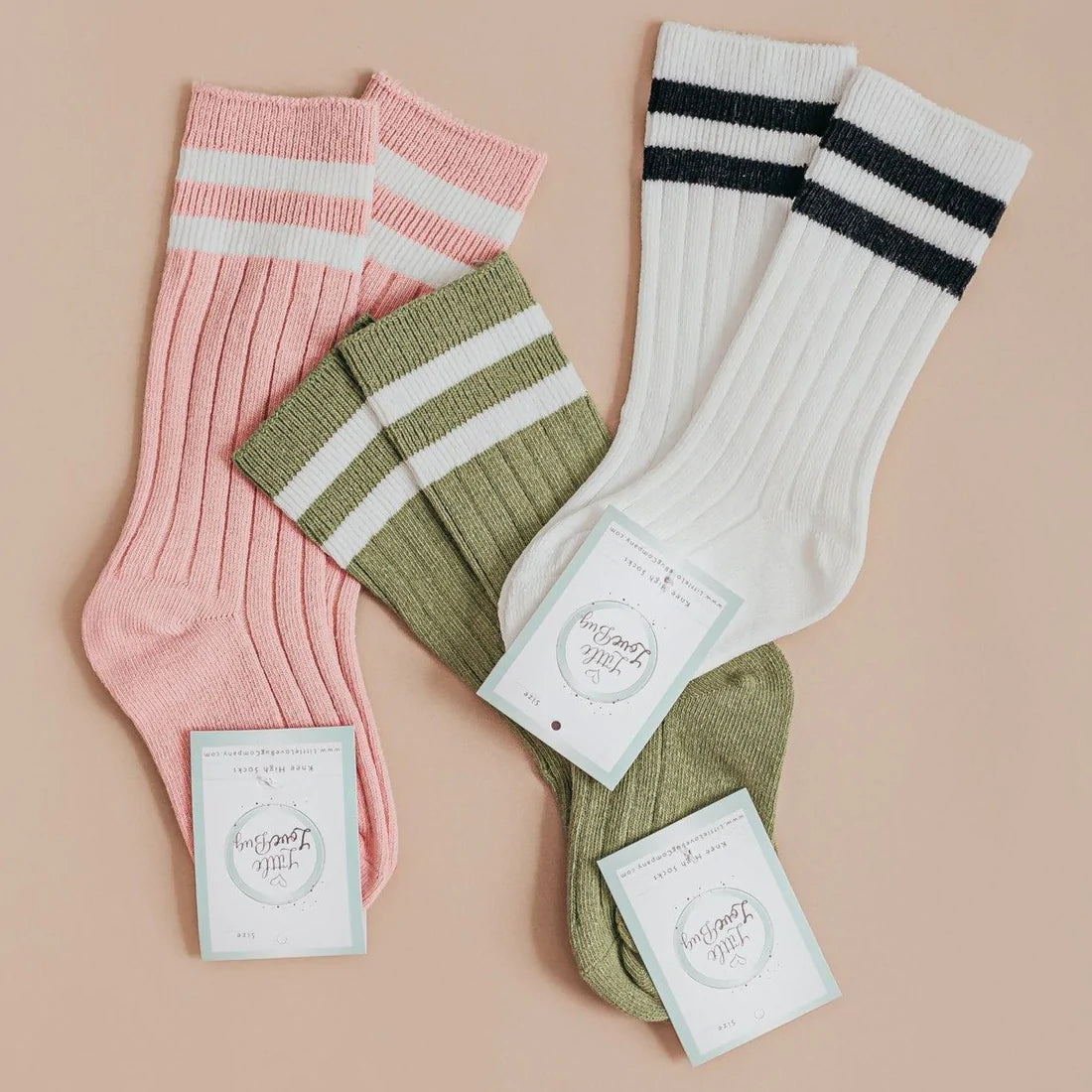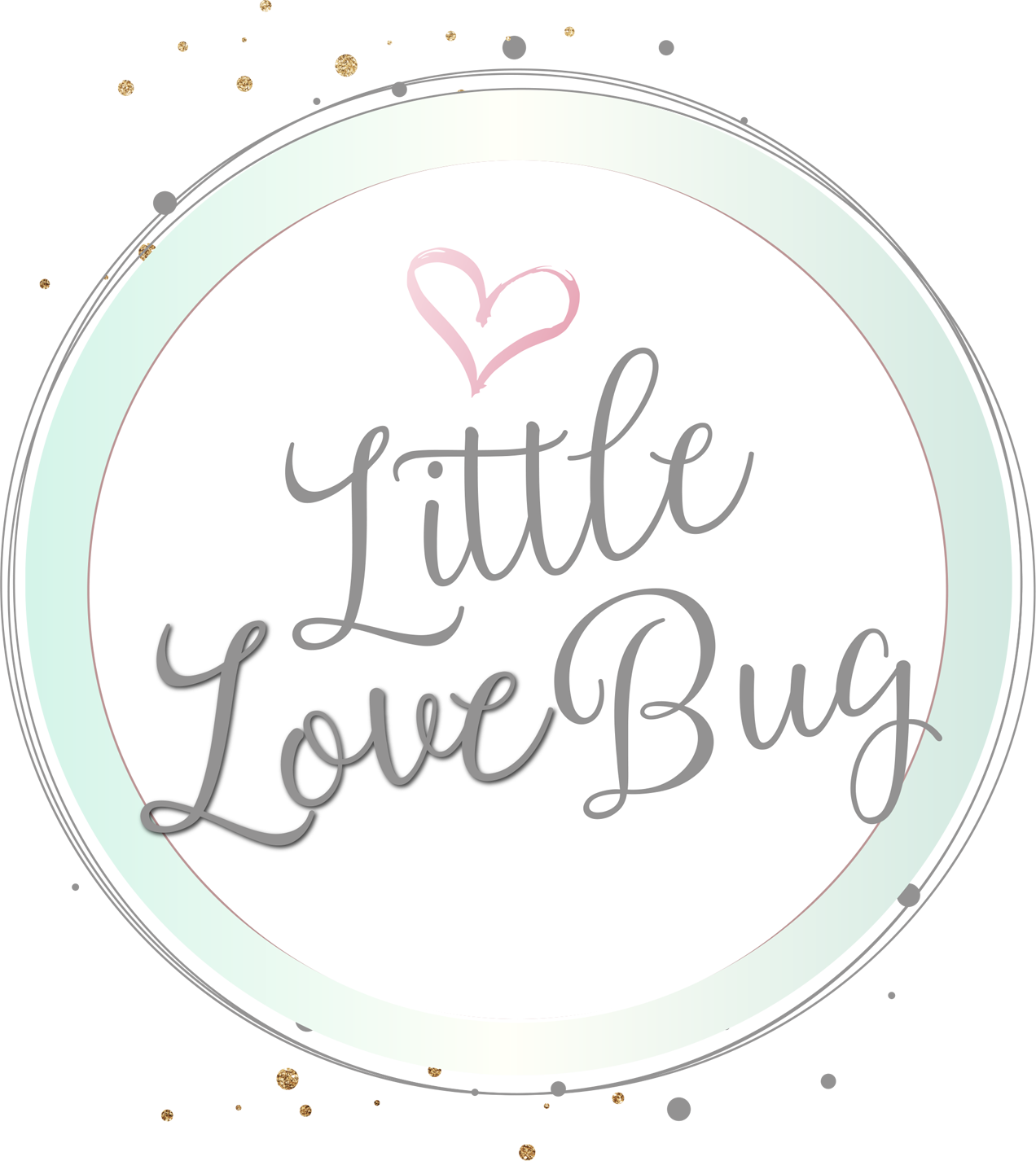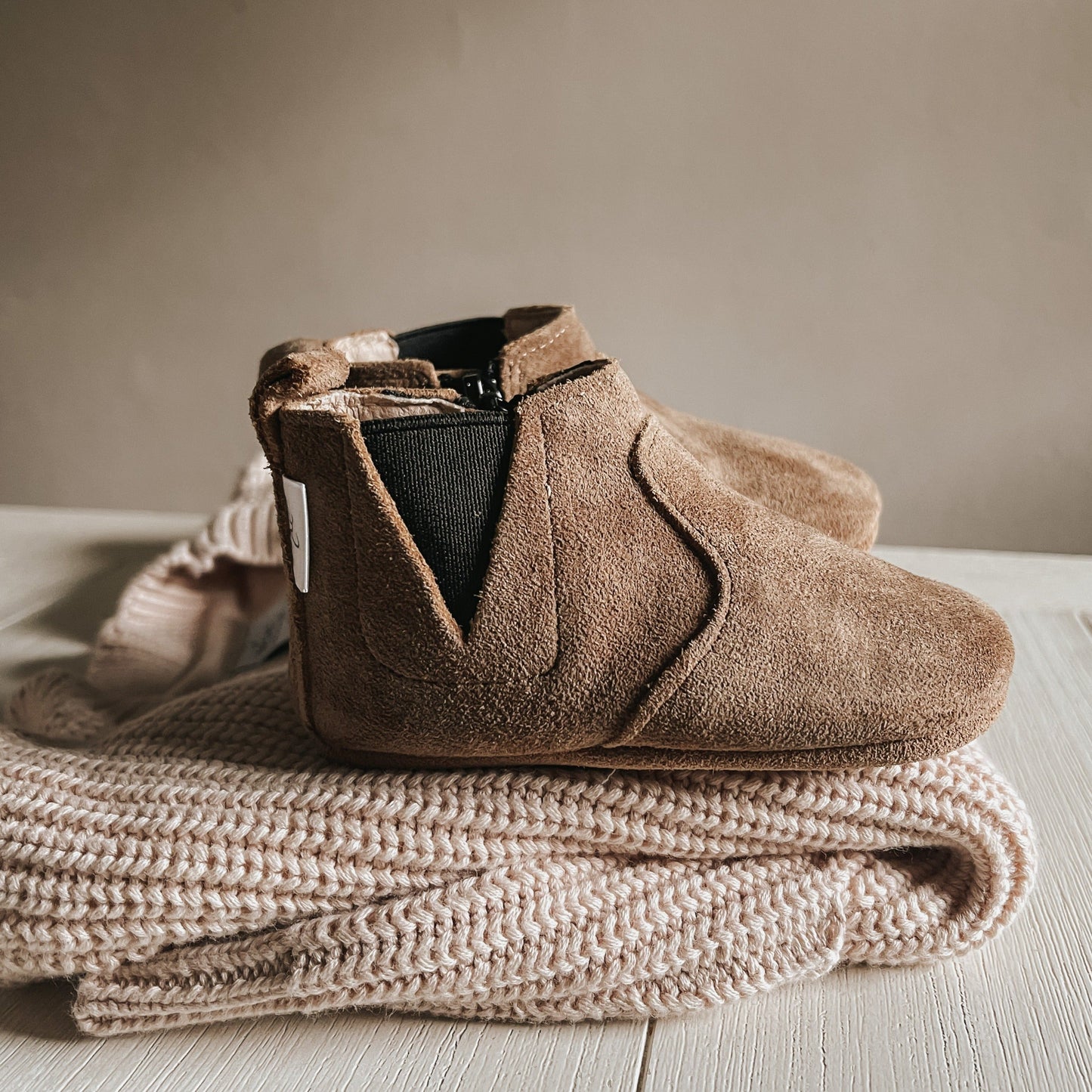Pregnancy is a remarkable journey filled with anticipation, joy, and the miracle of new life. Along this path, expectant mothers often encounter various pregnancy symptoms, each a reminder of the incredible changes occurring within their bodies. In this article, we will explore some of the most c...
This store requires javascript to be enabled for some features to work correctly.
Once upon a time in a bustling suburban neighborhood, there lived a mother named Helen. She was affectionately known as the "helicopter mom" by her friends and family, a title she had earned due to her ever-present, watchful eye over her two children, Emily and Ethan.Helen's intentions were alway...
In today's fast-paced world, parenting styles have evolved, and one term that has gained attention and curiosity is "helicopter moms." This article delves into the world of helicopter moms, exploring their characteristics, motivations, potential benefits, and the importance of finding a balance b...
Pregnancy is a remarkable journey, and staying fit during this transformative time can have numerous benefits for both you and your baby. For pregnant new moms, maintaining a healthy lifestyle that includes regular exercise and a balanced diet is crucial. In this article, we'll delve into the ess...
👣 Uncover the Truth about Modern Day Shoes! 👣🚫 Foot Binding 2.0: The Hidden Problem 🚫
Did you know that modern day shoes affect your child's foot development? It's time to shed some light on this pressing issue!
🔍 The Reshaping Conundrum
Our children's feet are designed to grow naturally, adaptin...
Overcoming Common Breastfeeding Challenges in the First WeekBreastfeeding is a beautiful and natural way to nourish your newborn, but it can come with its fair share of challenges. Many mothers face difficulties in the early stages, and it's important to know that you're not alone. In this articl...
BE THE FIRST
Subscribe for exclusive deals & 10% off your first order
Be the first to hear about my secret sales, latest design drops, and this season's top product picks all through your e-mail.







